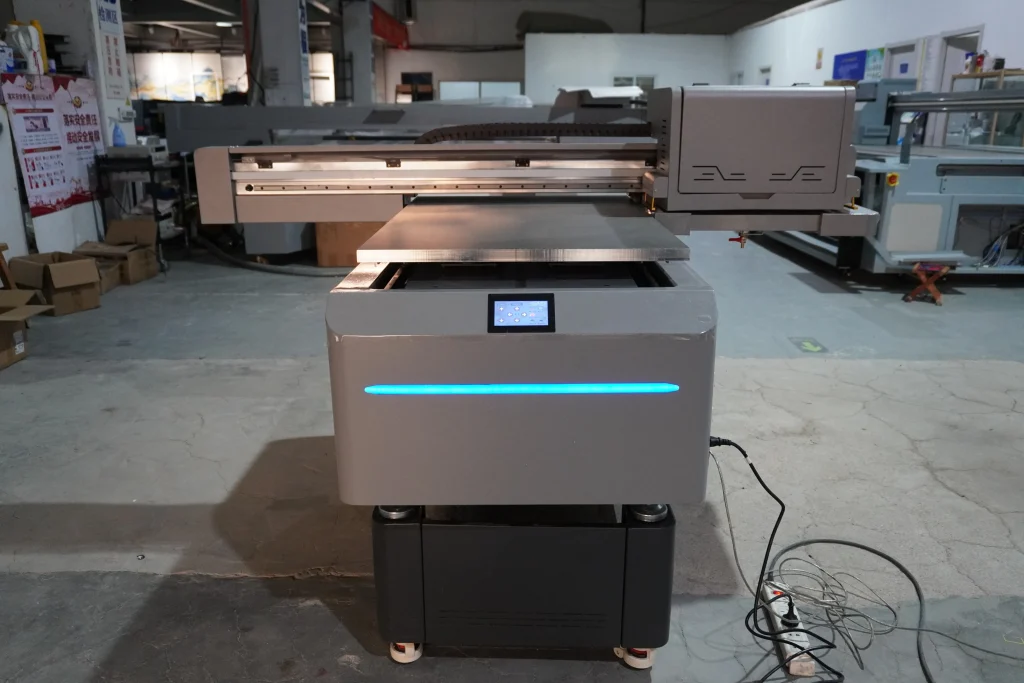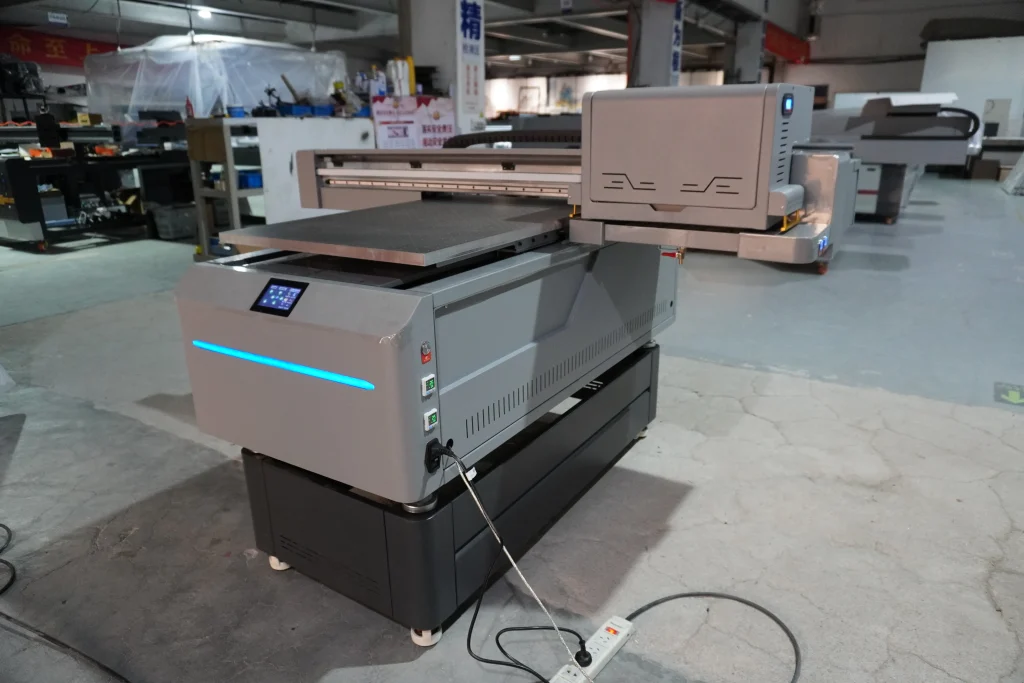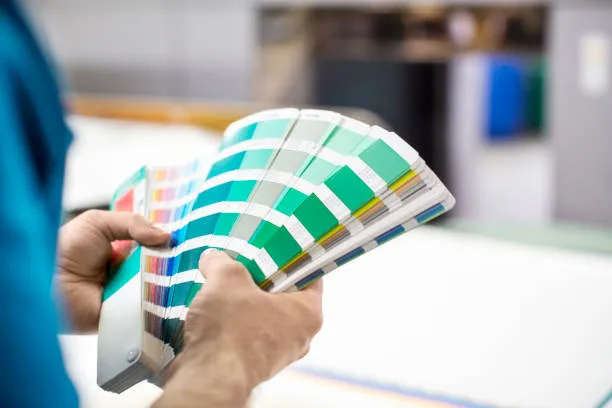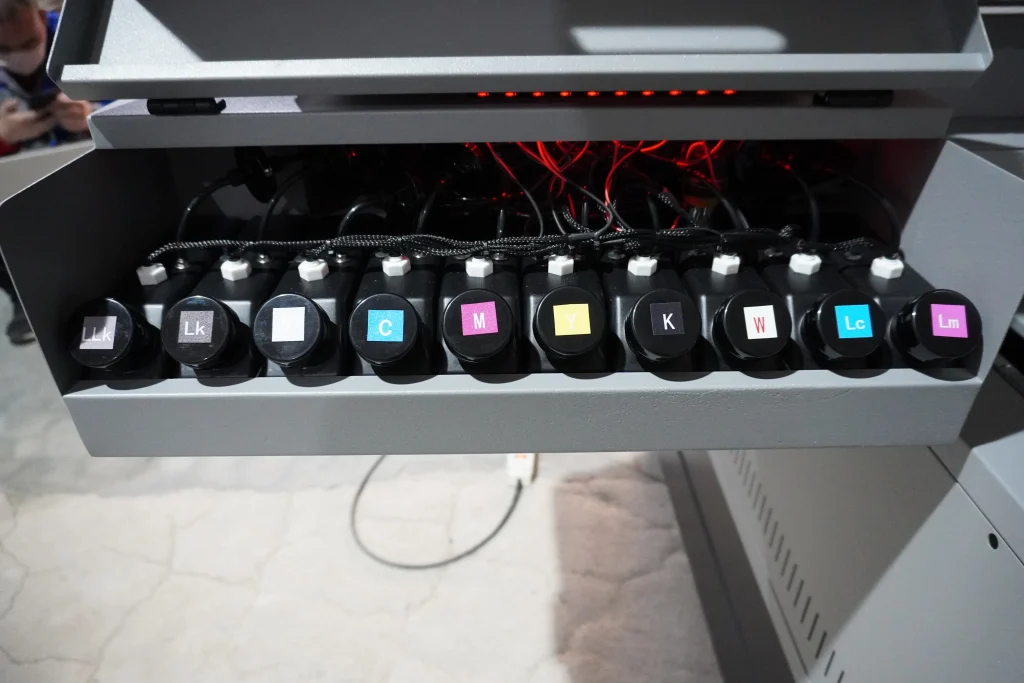Soruşturmanızın gecikmeli yanıtlanmasını önlemek için lütfen mesajınızla birlikte WhatsApp/WeChat/Skype adresinizi girin, böylece sizinle ilk anda iletişime geçebiliriz.
24 saat içinde size cevap vereceğiz. Acil bir durum için lütfen WhatsApp ekleyin: +86 17864107808veya WeChat: +86 17864107808. Veya arayın +86 17864107808 doğrudan.
*Gizliliğinize saygı duyuyoruz ve tüm bilgiler korunmaktadır. Bilgilerinizi yalnızca sorunuza yanıt vermek için kullanacağız ve asla istenmeyen e-postalar veya promosyon mesajları göndermeyeceğiz.
Discover how digital printing technology revolutionizes color consistency and matching. Learn why understanding CMYK, RGB, and the printing process is essential for achieving vibrant and accurate colors in your projects.
Digital printing has transformed the way we produce everything from brochures to business cards. If you’ve ever wondered how printers reproduce colors so precisely, or why your prints sometimes don’t match what’s on your screen, this article is for you. We’ll delve into the world of dijital baskı, explore color models like CMYK Ve RGB, and uncover the secrets behind color matching and calibration. Read on to unlock the mysteries of color in the printing process and take your printed materials to the next level!
Dijital baskı is a method of printing from a digital-based image directly to a variety of media. It allows for on-demand printing, short turnaround time, and even modification of the image used for each impression.
Digital print uses yazıcılar that read digital files and print them using toner (like in laser printers) or mürekkep (like in inkjet printers). This direct approach makes the process efficient and cost-effective.

Color models are essential in the world of printing and digital media. The two primary models are CMYK Ve RGB.
Why It Matters:
When you design something on your computer (using RGB) and then print it (using CMYK), colors may shift. Understanding these models helps in achieving accurate colors in your final printed materials.
Color matching ensures that the colors in your digital files match the colors in your printed products.

Consistency is key in professional printing.
Pantone colors are standardized color codes that help in color identification.
However, using Pantone colors in digital print may require special considerations, as they are often spot colors kullanılan offset printing.
Color calibration involves adjusting your devices to match a known standard.

Digital printing technology has evolved, offering new capabilities.
Did You Know?
Some digital press machines now include gamut extension colors, allowing for a wider range of color reproduction.
Ensuring your prints match your expectations involves several steps.
Always request test prints or proofs to see how colors will appear on the final product.
İkisi birden dijital baskı Ve offset printing have their advantages.
Choosing between the two depends on your specific needs, budget, and timeframe.
Doğruyu seçmek matbaa şirketi can make a significant difference in your project’s success.

Understanding the nuances of dijital baskı, color models, and the baskı süreci empowers you to create stunning printed materials. By grasping concepts like CMYK, color matching, Ve calibration, you can ensure your prints turn out exactly as you envision them.
Enhance your printing projects with cutting-edge technology!
Check out these resources for innovative printing solutions:
Remember, achieving the perfect print is a blend of understanding technology, collaborating with professionals, and a bit of artistry. Happy printing!